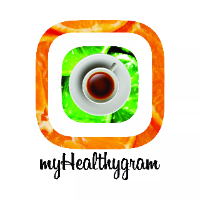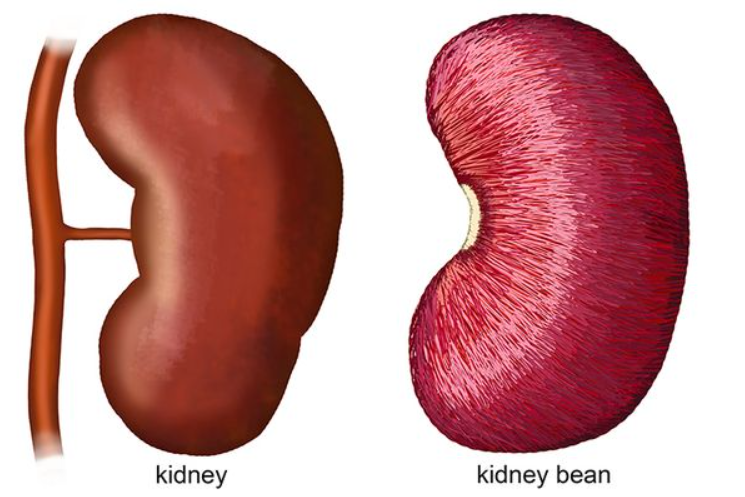Despite the fact that cholesterol is frequently linked to cardiovascular illness, there is also “good” cholesterol, which is essential for the development of healthy cells.
But as you are already aware, you should keep an eye on your blood cholesterol levels because they can raise your risk of heart disease.
Adults are thought to have healthy cholesterol levels below 200 mg/dl, while numbers above 240 mg/dl are seen to be high. Excessive consumption of foods high in saturated and trans fats, insufficient exercise, and unhealthy behaviors including smoking and alcohol use are the main contributors to high cholesterol.
Although high cholesterol is typically symptom-free, it can induce bodily changes that can be painful and uncomfortable for you, like arterial damage, which can raise your risk of developing peripheral artery disease (PAD).
The connection between peripheral artery disease and high cholesterol
The illness known as peripheral arterial disease (PAD) is characterized by artery narrowing, which reduces blood flow to the limbs. The arms and typically the legs don’t receive enough blood flow to maintain normal functions when a person has this condition.
It’s most often caused by atherosclerosis, a condition associated with the buildup of fat, cholesterol, and other substances on the walls of your arteries, according to the Mayo Clinic. Therefore, if cholesterol levels are too high, it builds up on the walls of your arteries, gradually leading to atherosclerosis and then peripheral artery disease (PAD).
Find out more about: What Is Visceral Fat And When Is It Dangerous For Health?
The three parts of the body where symptoms occur
The American Heart Association (AHA) states that the most common symptom of lower extremity peripheral artery disease is painful muscle spasms in the hips, thighs, or calves when walking, climbing stairs, or exercising.
“Pain from PAD often goes away when you stop exercising, although it may take a few minutes. Engaged muscles need more blood flow. Resting muscles can survive on less,” adds the health agency.
In addition to cramps in the hips, thighs, and buttocks, these are some other common symptoms associated with PAD.
– Stiffness or weakness in the legs
– Sores on the fingers, feet or legs that do not heal
– Changing the color of the legs
– Loss of hair
– Impairment of hair and toenail growth
– Weak or no pulse in the legs and feet
– Men may experience erectile dysfunction
– Pain and cramps in the hands
How to fix the situation?
Here’s what you can do to lower your cholesterol while improving your heart health:
– Limit the intake of saturated fat found in red meat and full-fat dairy products
– Do not consume trans fats
– Increase your intake of omega-3 fatty acids (seafood)
– Eat more foods rich in vegetable fiber
– Get active in different physical activities
– Do not smoke or drink alcohol.



